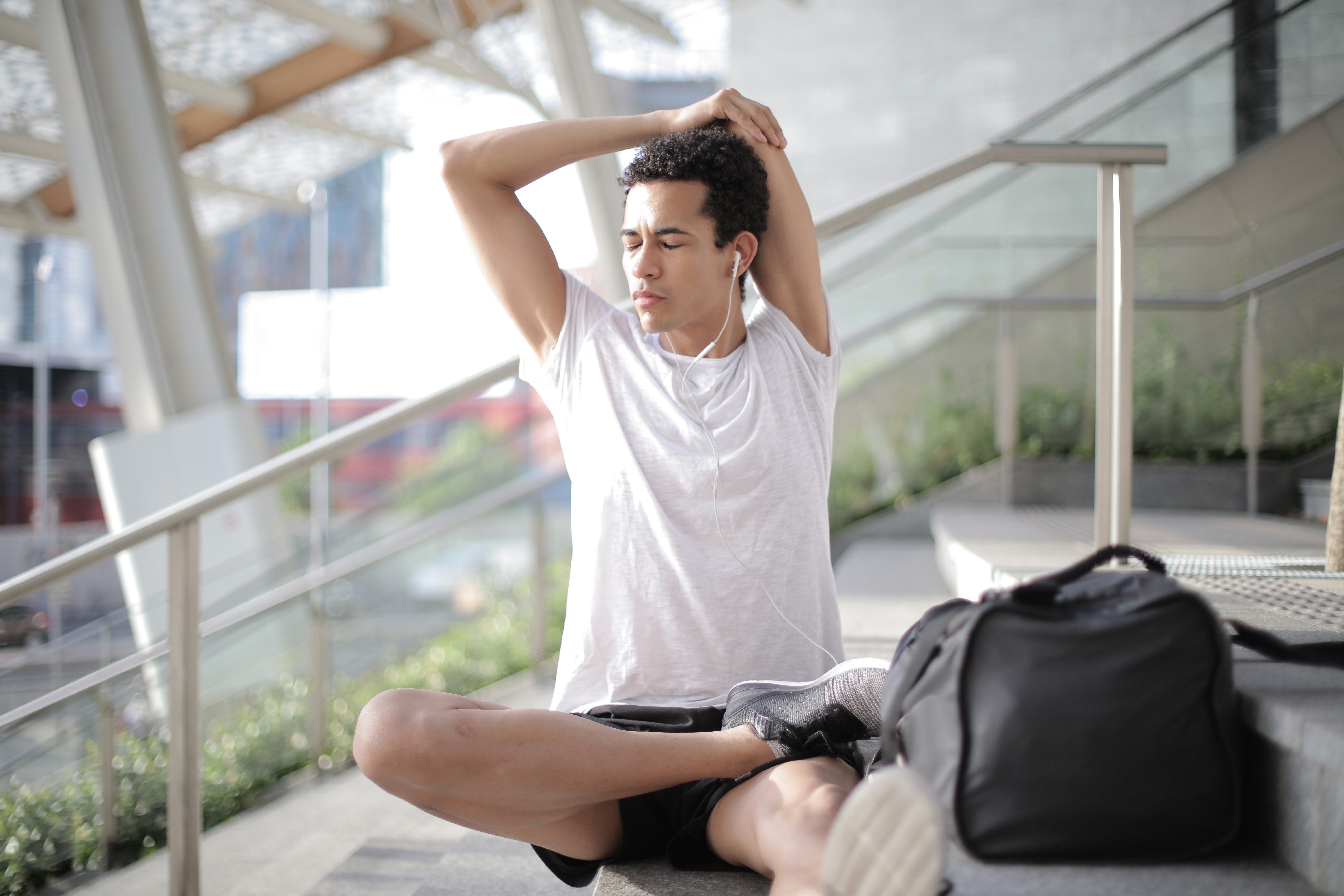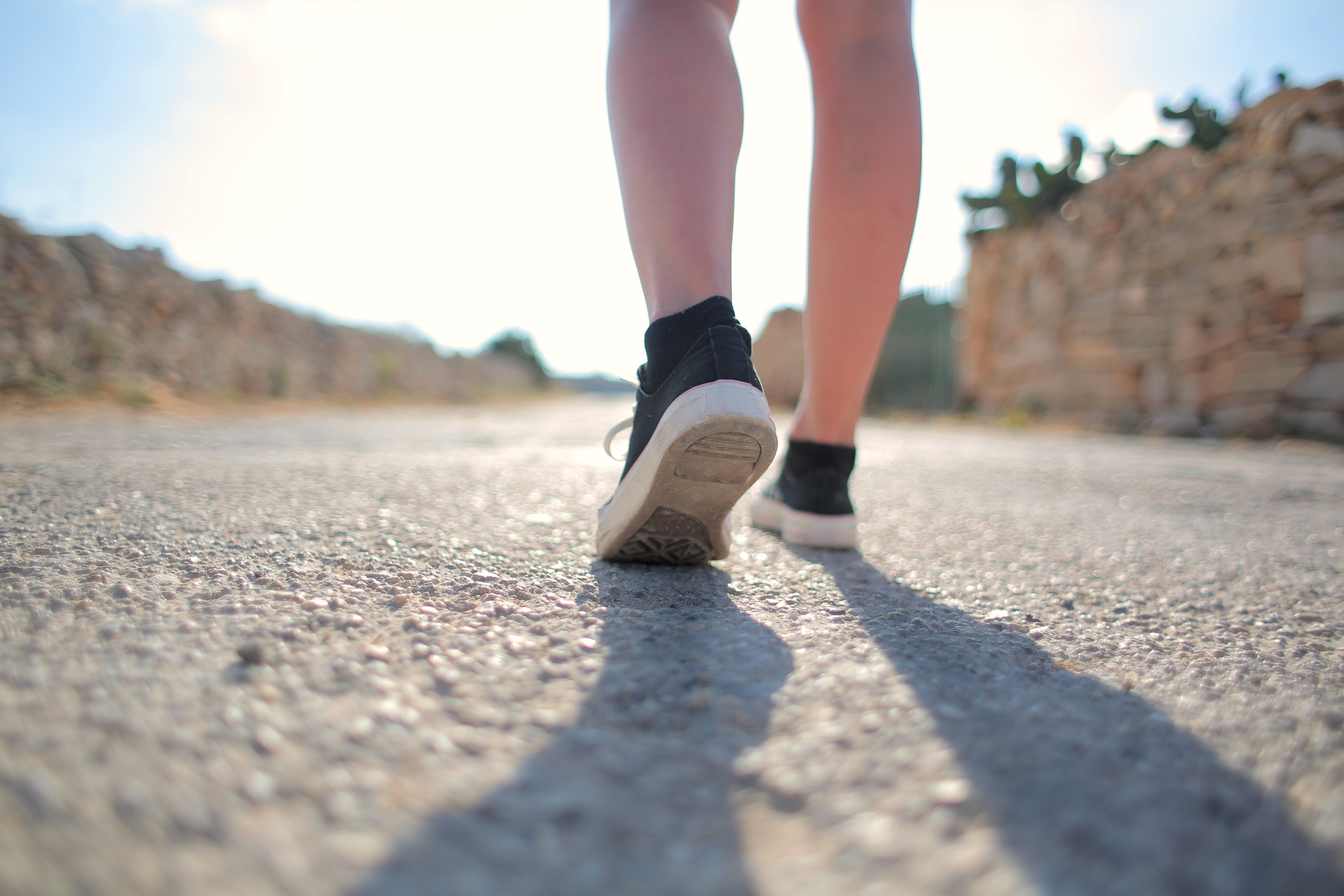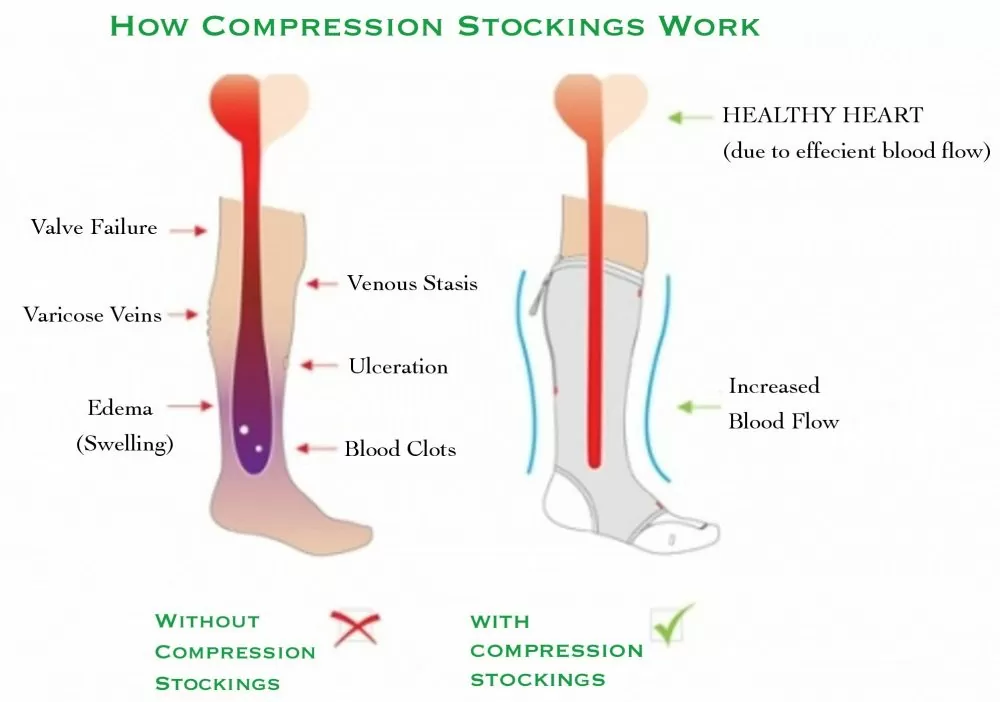
Have an upcoming travel planned? Dealing with nagging injuries? Here are some more physio travel tips to manage your travels pain-free.
1) Luggage: Make sure your luggage has four swiveling wheels, instead of two fixed wheels. This way you can push the suitcase in front of you, which is less strenuous on your body than pulling it behind you. If you do have to pull your suitcase, alternate your hands so that one side does not bear too much load. Keep your hand close to your side rather than behind your back to avoid placing too much strain on your shoulders.

2) Lifting your Luggage: When lifting your luggage onto the weight platform, bend your knees and not your back to reduce the likelihood of injuring or aggravating your low back. Make sure you do not twist the spine. This way you can avoid starting your trip off on the wrong foot.
3) Lifting your Carry-On: Lifting your carry-on onto the overhead compartment of the plane can be challenging. First off, ensure your carry-on is not too heavy and only packs essentials. When lifting, squeeze your bum and make sure you don’t over-arch your lower back. This will help avoid injuring our aggravating your low back. If you need assistance, don’t hesitate to ask a flight attendant or a fellow passenger.
4) Footwear: Wear comfortable shoes. Travel day will most likely be a long one for you, so make sure you’re comfortable and able to endure the demands of the day with appropriate footwear.

5) Compression Socks: If you are prone to swelling in your lower legs and/or have a history of cardiac issues, it may be a good idea to wear compression socks during the flight. Compression socks work by applying pressure to your lower legs and thus stimulating your veins to return blood back up to your heart. This can help to reduce swelling in your legs and improve circulation during a flight, or any situation where you are sitting for long hours. Combine this with frequent standing breaks by walk up/down the aisles of the plane, and you can greatly reduce the swelling in your lower legs and prevent any blood clots or DVTs.
So what is a DVT exactly? A DVT stands for Deep Vein Thrombosis. A thrombus is a blood clot. A DVT refers to a blood clot in one of the deep veins in your body, usually in your calf. During long periods of inactivity, blood can pool inside the vein and potentially lead to a blood clot. Signs to look for are redness, warmth, swelling and pain in the calf area. The danger with DVTs is the possibility of a pulmonary embolism, which is when the blood clot breaks loose from the calf and reaches the small blood vessels in the lungs. This is extremely dangerous.
A combination of frequent standing breaks, ankle pumping to prevent blood from pooling in the calf, and compression socks can help prevent potential complications like DVTs.

And lastly..
4) Drink plenty of water: Hydrate hydrate hydrate. Our bodies are made up of more than 50% water. Dehydration can lead to fatigue and changes in our movement patterns, and it is important to maintain hydration to maintain optimal functioning of our body.
There we have it. More tips for how to manage your travels pain-free. These recommendations are general in nature and do not apply to every single person. For specific recommendations, seek advice from your local physiotherapist or book your FREE consultation at The Online Physio.
Any thoughts, questions, or concerns? Feel free to reach out at contact@theonlinephysio.ca or contact us using our contact form. We’d love to hear from you.
